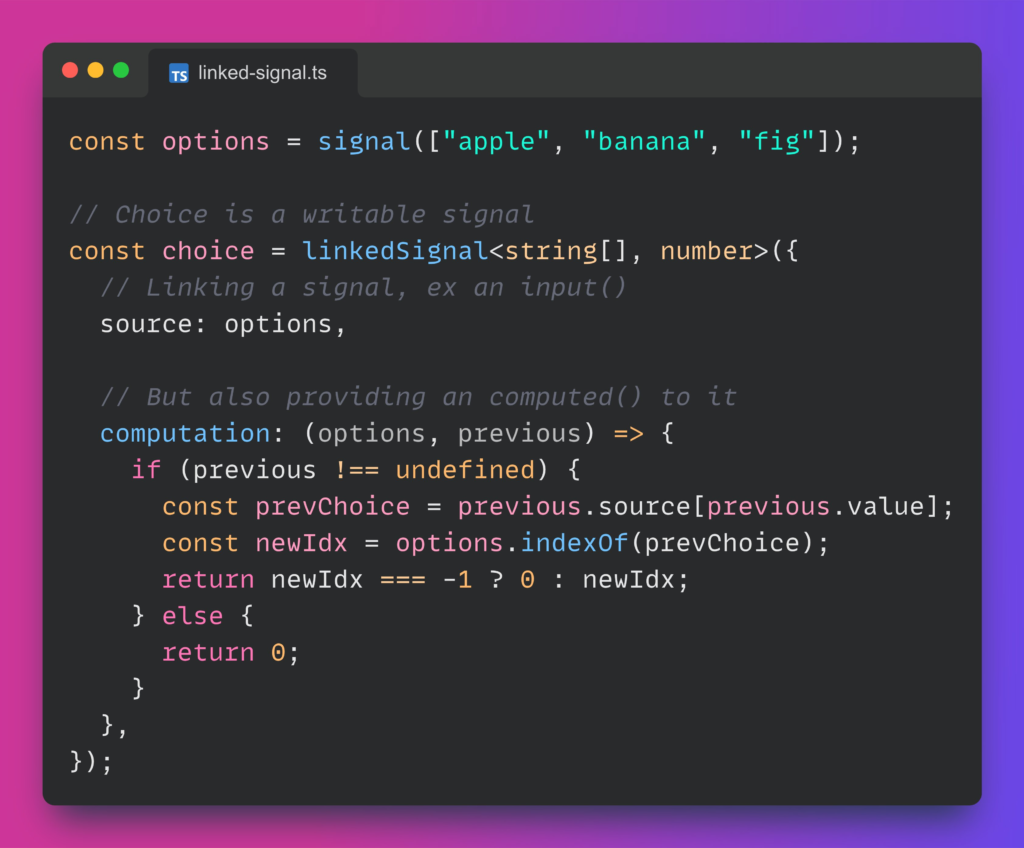In the new format of this weekly newsletter, I’m posting a few essential articles to revisit, updates to know about, and one question to ponder this week:
Three short articles to revisit:
If you haven’t adopted the takeUntilDestroyed operator, read this short tutorial about it. It’s even better than using the async pipe with @let or other automated unsubscription techniques.
Two updates to know about:
- Angular 19 will feature a new resource API reminiscent to Angular JS’s own
$resourceservice. It’s something I wished for for quite some time, even publishingngx-signalifyas a first step in that direction. Manfred took the new resource API for a spin in this tutorial.
- I have free open passes for the Dev Innovation Summit next week in Santa Clara and the following week online for remote attendees. You can claim your free pass here.
One question to think about:
Do you always unsubscribe from RxJs Observables? If you don’t, here are a few reasons why you should do it. Then refer to my 3 short articles above to see how you could do it both easily and consistently.




